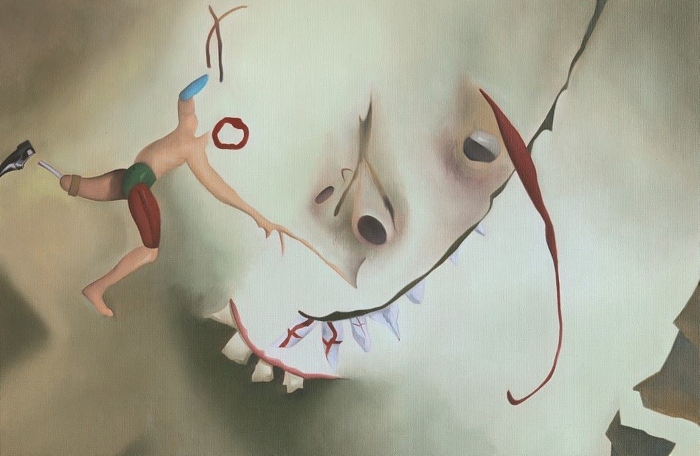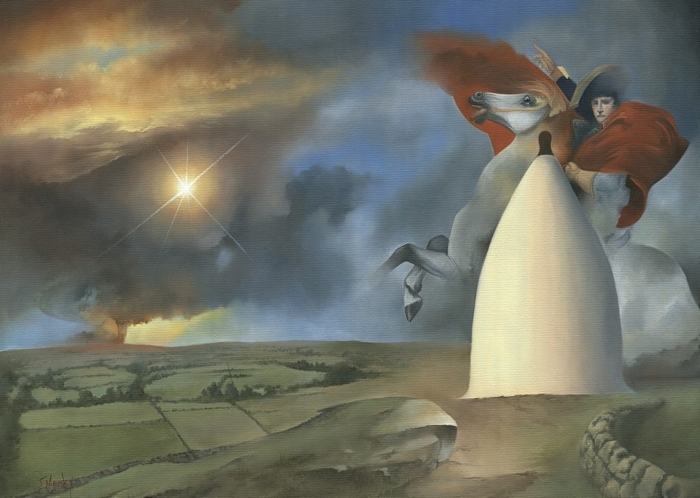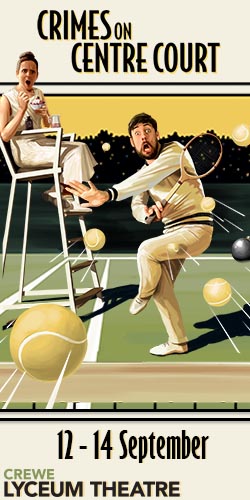
“Neorenaissance”, a new exhibition by local artist Mark Sheeky, has opened in the Millennium Gallery at Nantwich Museum.
It will run until Saturday 5 March.
Reflecting the links between different media and art forms, Sheeky’s eclectic output spans painting, sculpture, video, music, writing and performance art.
The exhibition includes the work of other artists and poets to create cross-collaborations.
The exhibition explores some of these collaborations and includes oil paintings which have links with other art forms.
“The High Flying Swift” is accompanied by an ethereal soundtrack, while “The Ever-Loving Fragments That Forever Remain” depicts fragments of a face on a chessboard, with a poem by Nantwich poet Helen Kay.
Sheeky said: “In this exhibition I’m showing a mix of oil paintings with different themes and feelings, and have included poems, sculpture, music, and video too.
“Some artworks were created as groups, like movements in a classical musical work.
“Most are filled with symbolism and imagery. Now my focus in visual art is to represent an emotion augmented by a concept.
“People compare my work to surrealism and I have always painted in that way with my own ideas, thoughts, feelings, but I don’t consider myself a surrealist or adhere to a particularly surrealist philosophy.
“The unconscious will always be an important tool for creativity.
“What a painting is ‘about’ is, and should be, different for everyone because art is always a dialogue to some extent.
“Art should have an element of the enigma because this encourages dialogue and creates a mysterious magic.”
Entry to the Museum and exhibition is free and the artwork is available to purchase.
For further information contact: Nantwich Museum on [email protected] or telephone 01270 627104.






















Recent Comments